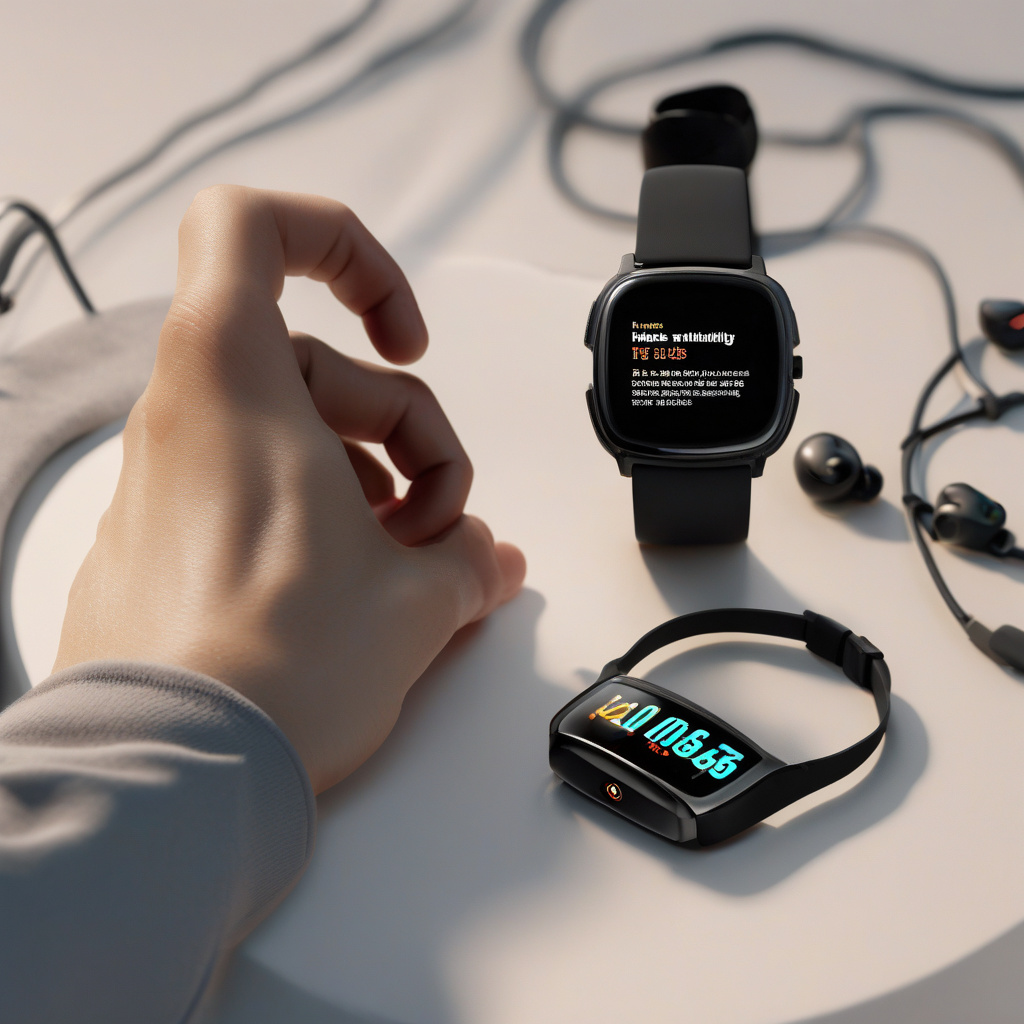As technology continues to integrate seamlessly into our daily lives, wearable devices have become a staple for many individuals. Smartwatches, fitness trackers, and other wearables have revolutionized how we track our health, fitness, and even receive notifications on the go. However, with this convenience comes the looming question: Can cybercriminals target wearable devices?
Wearable devices are not immune to cybersecurity threats. While they may seem like simple gadgets, they can store a wealth of personal data. Many people use wearables to log daily foot movements, monitor heart rhythms, and even track their location. This data can be valuable to cybercriminals looking to exploit vulnerabilities in these devices.
One of the primary concerns with wearable devices is their connection to other devices and the internet. Most wearables sync data to smartphones or computers, creating potential entry points for cyber attacks. If a hacker gains access to a connected device, they may be able to infiltrate the wearable and steal sensitive information.
Moreover, the limited security features on many wearable devices make them an attractive target for cybercriminals. These devices often lack robust encryption protocols or multi-factor authentication, making it easier for hackers to breach their defenses.
A recent article on TechRound discussed the susceptibility of wearable technology to cyber threats, shedding light on the importance of securing these devices. The post emphasized the need for users to be vigilant and take proactive measures to protect their data when using wearables.
So, what can users do to safeguard their wearable devices from cyber attacks? Here are some essential tips:
- Update Firmware Regularly: Manufacturers often release firmware updates to patch security vulnerabilities. Make sure to keep your wearable device’s software up to date to mitigate potential risks.
- Enable Security Features: If your wearable device offers security features such as passcodes or biometric authentication, be sure to enable them for an added layer of protection.
- Limit Data Sharing: Be cautious about the information you share through your wearable device. Disable unnecessary data-sharing settings to reduce the risk of exposing sensitive data.
- Use Secure Networks: Avoid connecting your wearable device to public or unsecured Wi-Fi networks, as these can be breeding grounds for hackers.
- Monitor Device Activity: Keep an eye on your wearable device’s activity and permissions. If you notice any suspicious behavior, such as unauthorized access attempts, take immediate action.
By following these best practices, users can enhance the security of their wearable devices and minimize the risk of falling victim to cybercrimes. While wearables offer incredible convenience and functionality, it is crucial to prioritize cybersecurity to safeguard personal data and privacy.
In conclusion, wearable devices are not immune to cyber threats, and users must remain vigilant to protect their information. As technology continues to advance, so too must our efforts to secure the devices that have become integral to our daily lives. Stay informed, stay proactive, and stay secure in the ever-evolving landscape of wearable technology.

